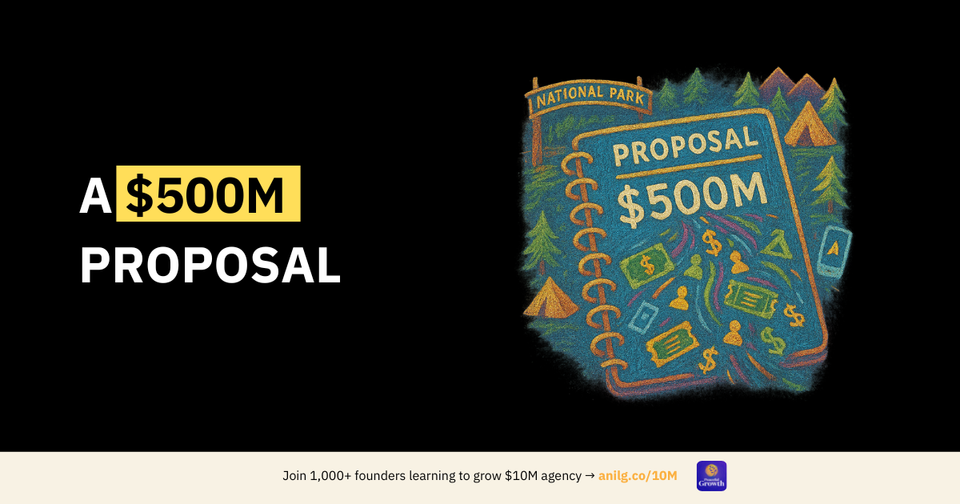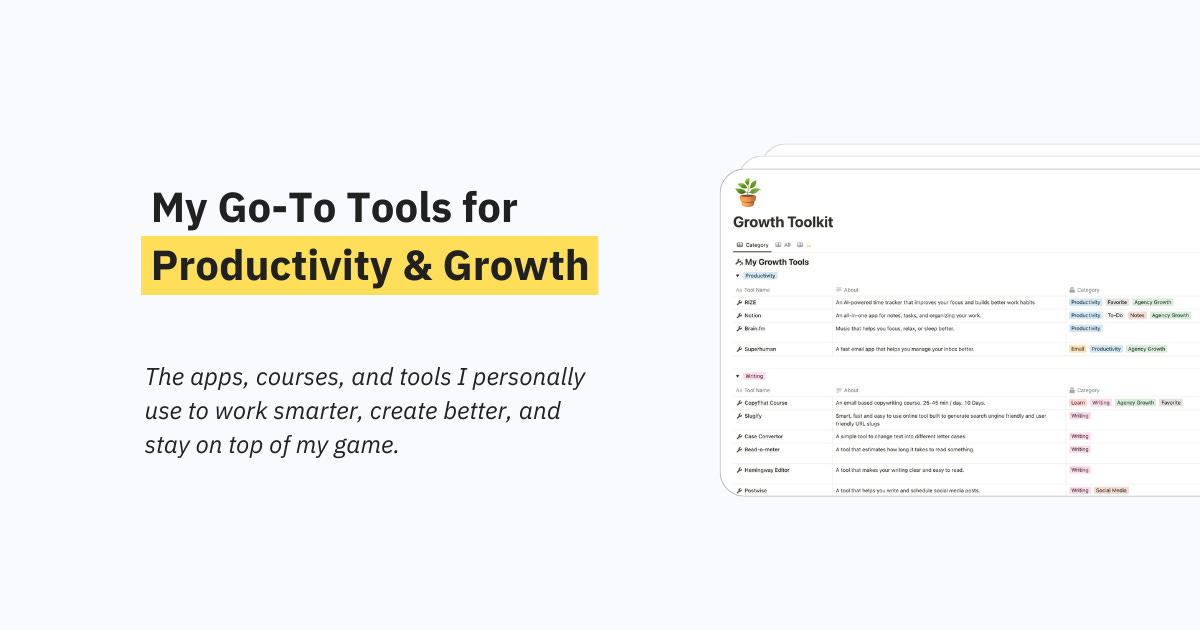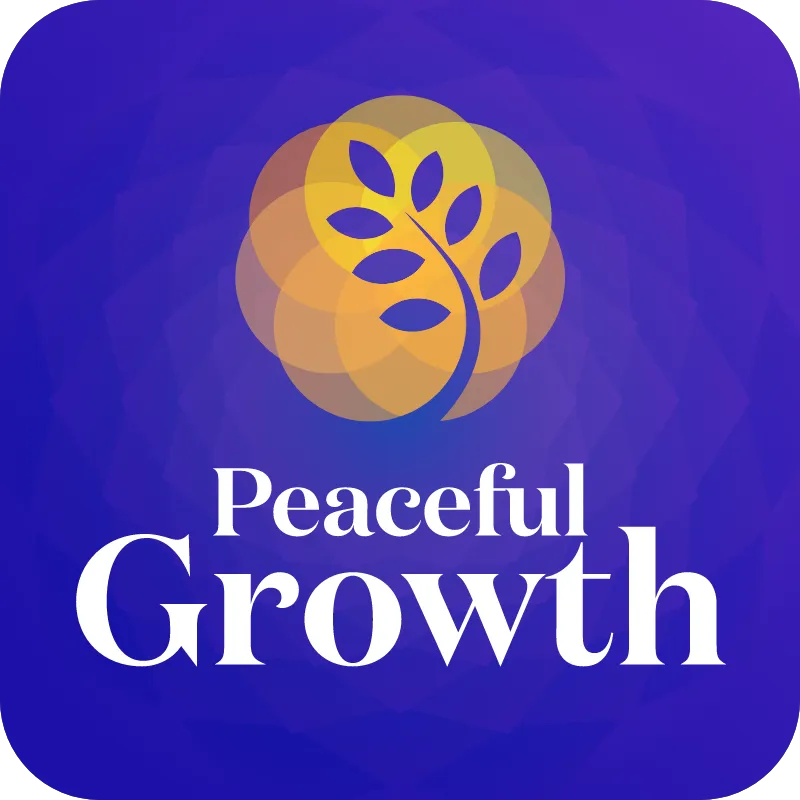How to Charge $500M for a Website? (Seriously.)

Welcome to Peaceful Growth, where you will find actionable tips to grow your agency to $10M (without working overtime).
It's not a clickbait...
Okay, I know the title sounds like clickbait.
"$500 million for a website?! C'mon Anil…"
But this is a real deal.
And it's one of the most interesting pricing models I’ve come across lately.
I couldn’t stop thinking about it after hearing it on a podcast. Let me break it down for you.
The RFP

In 2016, the U.S. government put out an RFP to rebuild Recreation.gov — their all-in-one booking platform for public lands.
Think of it like Booking.com for nature — a place where you can reserve campgrounds, buy national park passes, enter lotteries for hiking permits, or find guided tours. It connects users to over 5,800 sites managed by 14 federal agencies.
Plenty of agencies probably bid. But Booz Allen, a consulting firm based in Virginia, won the contract.
The Proposal
As a founder, I geeked out thinking about their $500M proposal — how did they scope it, staff it, and structure the payment terms? What did the SoW for a project this massive even look like?
Here’s the crazy part:
Their proposal didn’t ask for a single dollar in funding.
Instead, they said:
"We’ll design and maintain the site and mobile apps.
We’ll integrate ecommerce across 14 government agencies.
We’ll staff a 24/7 support center.
All at no cost to the government."
How?
They proposed a “pay for performance” model: They’d add a small user fee to every transaction — campsite bookings, event lottery tickets, park passes, etc.
If the platform did well, they’d earn a lot.
If it flopped, they’d eat the cost.
The government had zero financial risk. No upfront money. No budget approvals. Just better user experience and infrastructure.
And for Booz Allen?
They took all the risk.
Upfront dev costs. High security standards. Complex integrations.
They had to hit performance targets like uptime, usability, and customer satisfaction scores to get paid and continue working on this project.
The Numbers
Booz Allen actually delivered on the big bet they made.
Reservations jumped from 3.8M in 2019 to 10M in 2022, and are expected to hit 13.5M by 2028. That means the government’s share of revenue grows from $95M to $432M — and Booz Allen wins big too.
Between 2018–2022 Booz Allen pulled in ~$140M. Recreation.gov did $321M in revenue in FY2024 alone. If that trend keeps up, they’ll easily cross $600M+ by 2028.
And they didn’t just make money — they built one of the best digital products in government:
- 99.995% uptime
- Cloud-native, microservices-based platform
- Real-time tools for 1,000s of park managers
- Apps rated 4.9/5 (App Store) and 4.8/5 (Google Play)

All without a single appropriated dollar.
Why ‘Pay for Performance’ Works (When Done Right)
This model worked because:
1. The users (and revenue) already existed.
This wasn’t a risky startup idea.
The site already had 30+ years of demand data.
Revenue was predictable, and user experience upgrades could grow it further.
2. The government paid nothing.
The small transaction fee was charged to users, not government.
The government had no upfront cost or budget stress.
3. Booz Allen took the risk.
They funded everything, and earned nothing until the site performed.
It was a bet — a big one — but also a smart one with the right data.
So, Should More Agencies Try This?
"Pay for performance" isn’t a brand-new concept — lead gen firms and marketing agencies have done this before.
But this example? It’s on another level.
And with AI making things faster and cheaper, I think we’ll see more agencies try creative pricing like this — pricing that aligns with results, not just effort.
At my agency, we haven’t done any “pay for performance” deals yet, though we’ve tried some “pay in equity” experiments. (Didn’t end well. 😅)
Not saying this is right for everyone — but it’s definitely interesting and worth watching.
What are some non-traditional pricing models you've seen or tried in your agency?
—
I also recommend to listen to this podcast to hear more interesting perspective on "Pay for performance" model.
📚 I'm writing a book
Lately, I’ve been writing a lot about balance, clarity, and growth. Over the years, I’ve learned that growth isn’t just about speed — it’s about peace.
So I decided to go deeper — I’m writing a book called Peaceful Growth.
It’s packed with short, powerful lessons on living with purpose, working with focus, and growing without stress.
Would you be interested if I shared sneak peeks from the draft in upcoming newsletters?
Did you enjoy this newsletter? Check out my other stuff too:
- Subscribe to Learn + Grow for tips on leadership, health, and productivity to keep you at your best
- Subscribe to WP for Enterprises to learn how billion-dollar brands use WordPress
- Listen to the Peaceful Growth Podcast for insights on how to grow your agency
- Hire Multidots to build or migrate your website to WordPress
- Try Google Docs-style collaboration in WordPress with Multicollab
- Check out the collection of premium WooCommerce Plugins
- Feel stuck? Try 1:1 founder-to-founder mentoring. Ask anything: sales, marketing, people, growth. Pay only if I help. Schedule a free 15-min intro.
Follow me on Twitter/X: @guptaanilg
Connect with me on LinkedIn: @guptaanilg
Someone forwarded this message? Subscribe here.
One More Thing...
A lot of you have asked about the tools I use to stay productive and grow my agency.
So, I put them all in one place—organized by category:
- Writing Tools ✍️
- Productivity Apps ⏳
- Skills and Courses for Founders 🎓
And more.
You can check them out here.
Hope it helps! 🚀


Member discussion